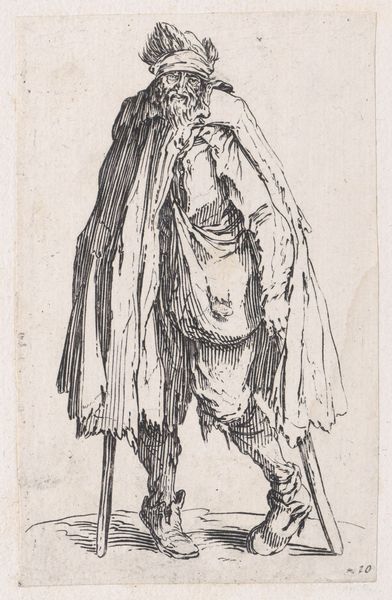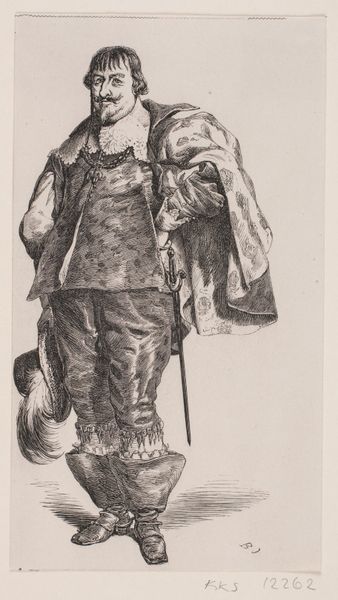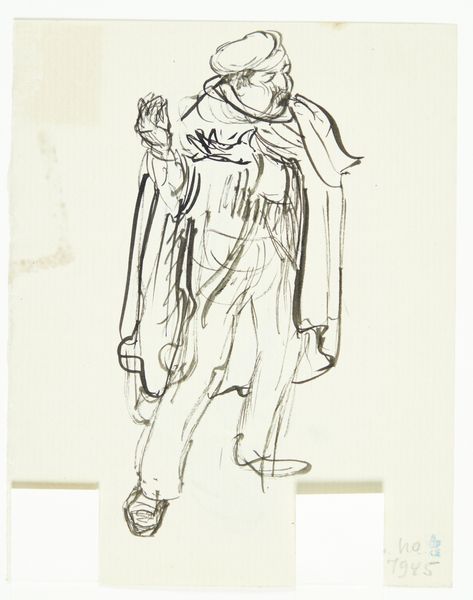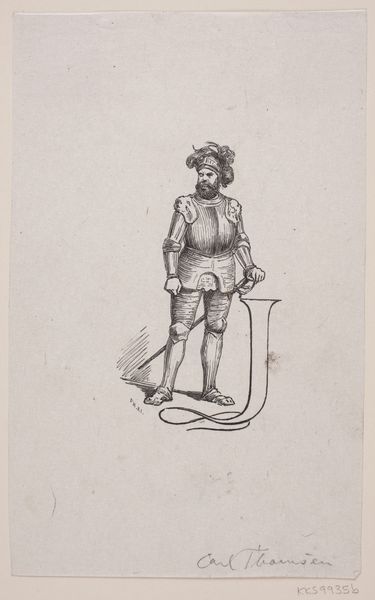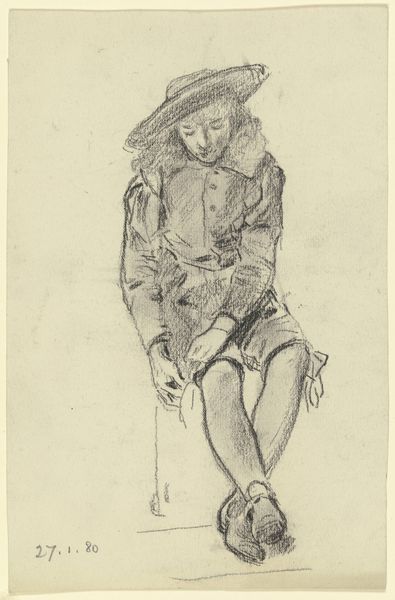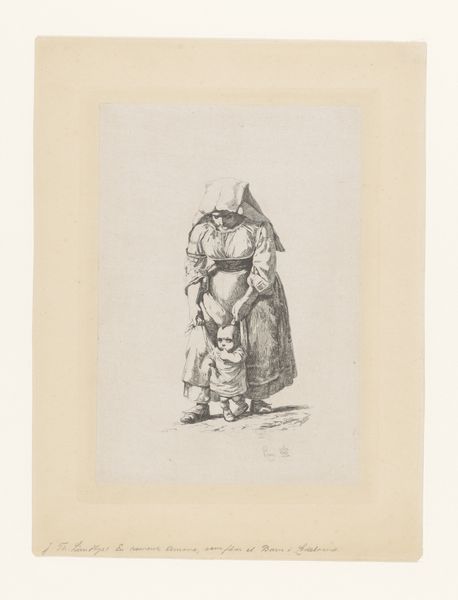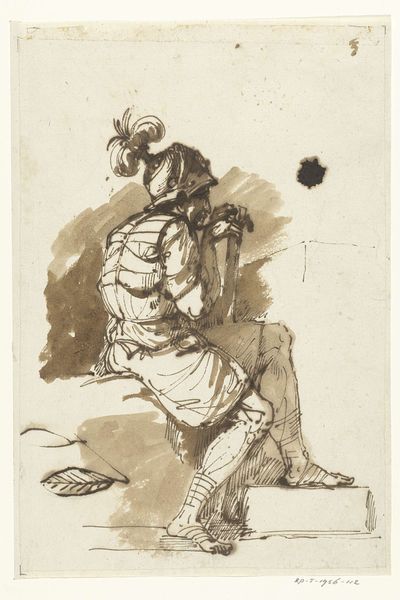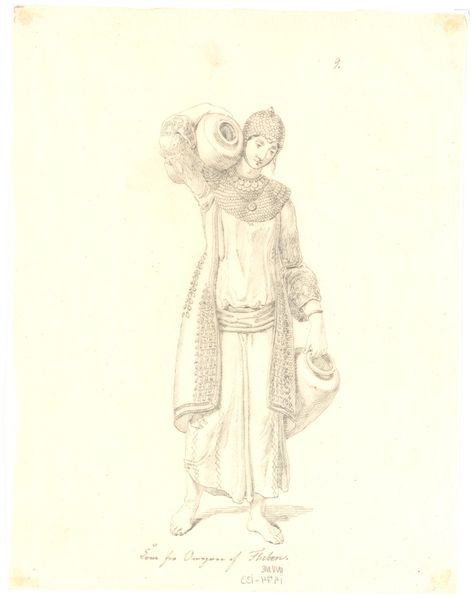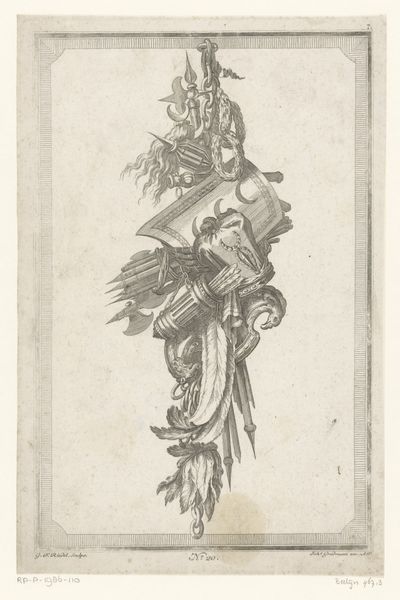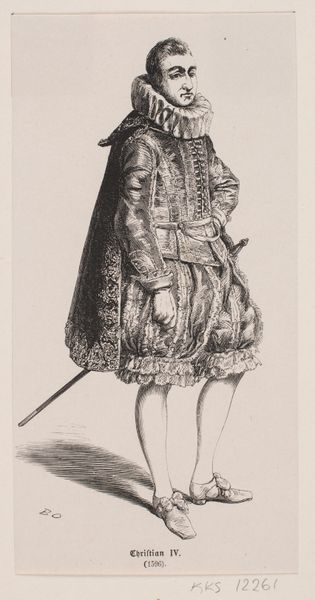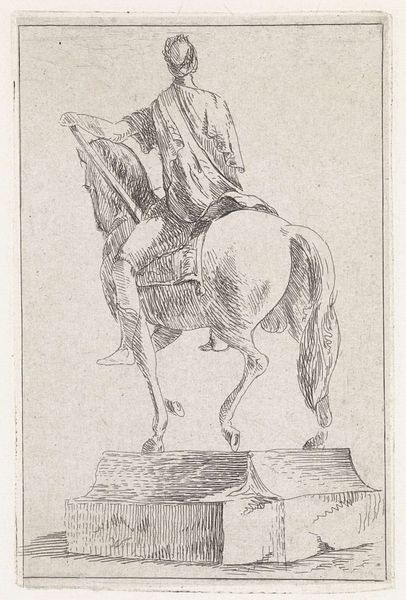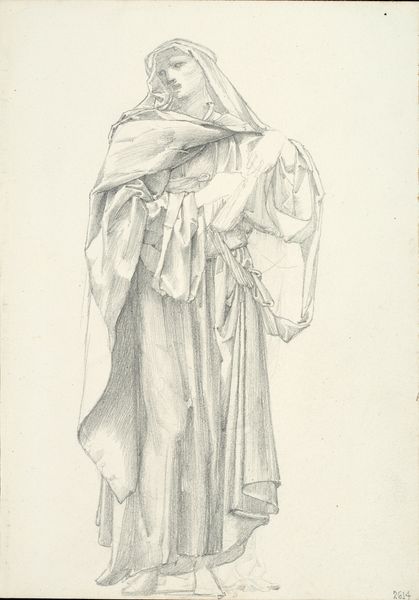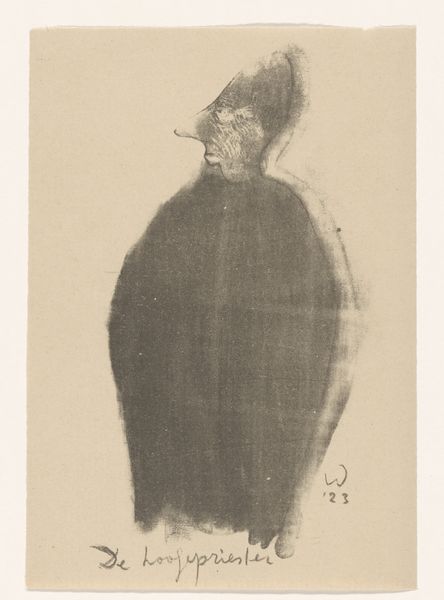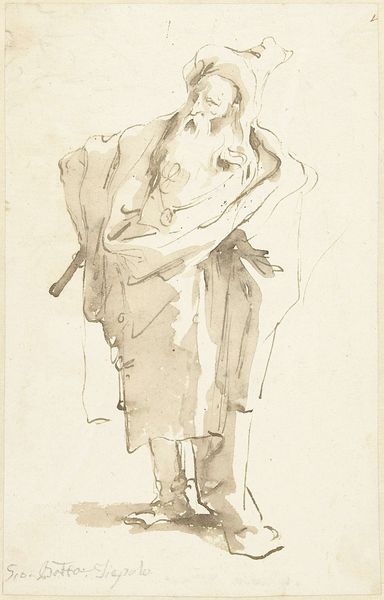
print, engraving
#
portrait
# print
#
caricature
#
portrait drawing
#
history-painting
#
engraving
Dimensions: 178 mm (height) x 113 mm (width) (bladmaal)
Editor: This is "Frederik V" by Bernhard Olsen, made between 1859 and 1860. It's an engraving, so a print. It has this feeling of formality but almost...caricature at the same time? What strikes you most about this work? Curator: I'm interested in the printmaking process here. Engraving allowed for multiples, distributing images of power to a broader audience. This wasn’t just about individual artistry; it was about controlling the narrative through mass-produced imagery. Consider the labour involved, the artisan meticulously carving the image into the plate. Editor: So you see it more as a piece of reproduced media than high art? Curator: Precisely! Think about the social context. It’s from the mid-19th century but depicting someone from an earlier era. Why reproduce this particular image, at this particular time? What need was this filling? Was it a comment on contemporary rule or an attempt to bolster national identity through historical figures? Look at the way his clothing and accoutrements, symbols of power, are so painstakingly detailed. Editor: It’s interesting to think about it that way - as a commodity and a tool for communicating specific messages at a particular time. Curator: Exactly. And what materials were available? The quality of paper, the durability of the ink—all influence how this image was consumed and circulated. How does the choice of printmaking impact our perception of Frederik V himself? It’s not just a portrait; it’s a product of specific economic and technological conditions. Editor: I guess I hadn't really considered all those things, I was focusing too much on it as simply an image of the King, thank you! Curator: Remember to think of art as part of a much wider world. That helps reveal its true complexities!
Comments
No comments
Be the first to comment and join the conversation on the ultimate creative platform.
